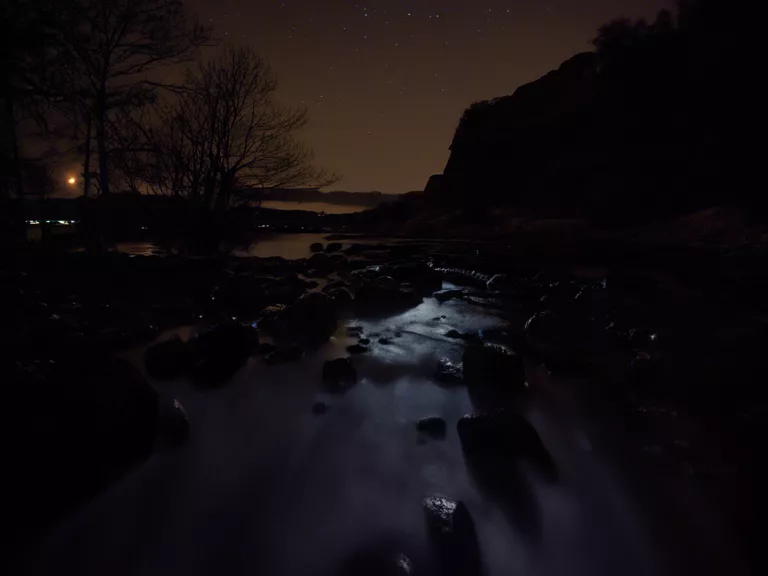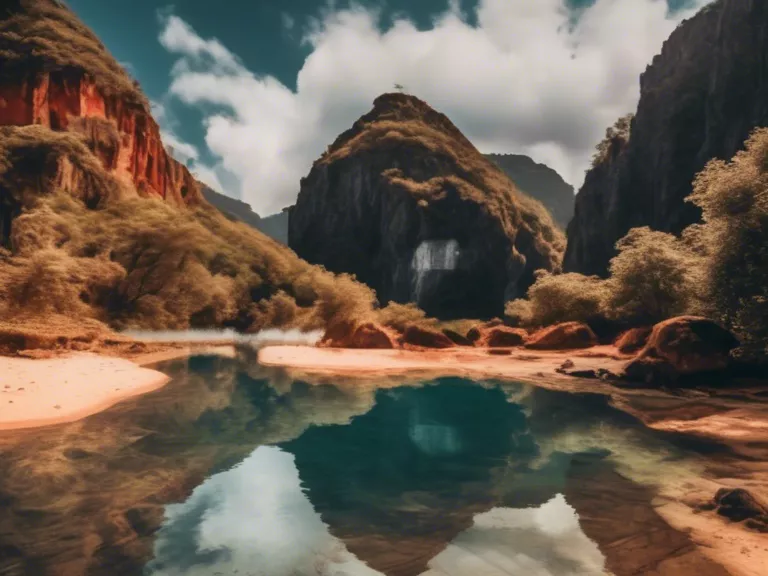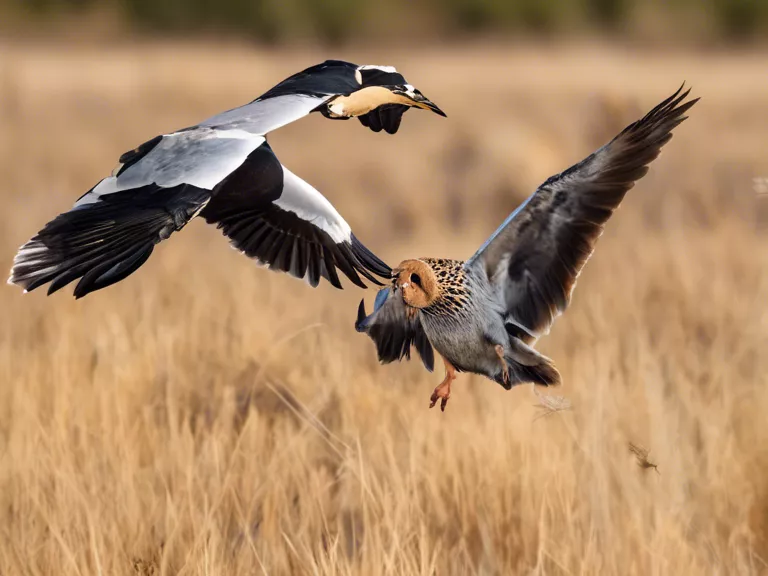
Night photography can be challenging but incredibly rewarding. With the right techniques, you can capture stunning photos in low-light settings. From adjusting your camera settings to using additional tools, here are some of the best techniques for mastering night photography.
First and foremost, it's crucial to use a tripod when shooting in low-light conditions. This will help prevent camera shake and ensure sharp, clear images. Additionally, using a remote shutter release or setting a timer can further minimize vibrations and improve the quality of your photos.
When it comes to camera settings, it's essential to adjust your ISO, aperture, and shutter speed accordingly. In low-light settings, you'll likely need to increase your ISO to capture more light. However, be mindful of noise that can result from high ISO settings. Experiment with different aperture settings to achieve the desired depth of field, and adjust your shutter speed to control the amount of light entering the camera.
Another helpful technique for night photography is to use manual focus. In low-light conditions, autofocus may struggle to lock onto your subject. By manually focusing on the key elements of your composition, you can ensure that your subject is sharp and in focus.
Consider using additional lighting sources, such as a flashlight or external flash, to illuminate your scene. This can create interesting effects and add depth to your photos. Experiment with different lighting angles and intensities to achieve the desired mood and atmosphere.
Lastly, don't be afraid to experiment and practice. Night photography requires patience and perseverance, but the results can be truly magical. Take the time to explore different techniques, locations, and subjects to develop your skills and create captivating nighttime images.



